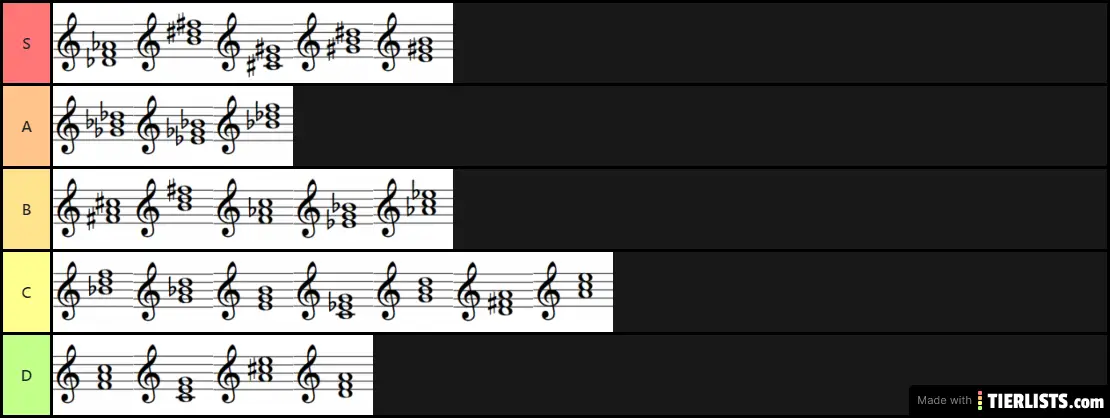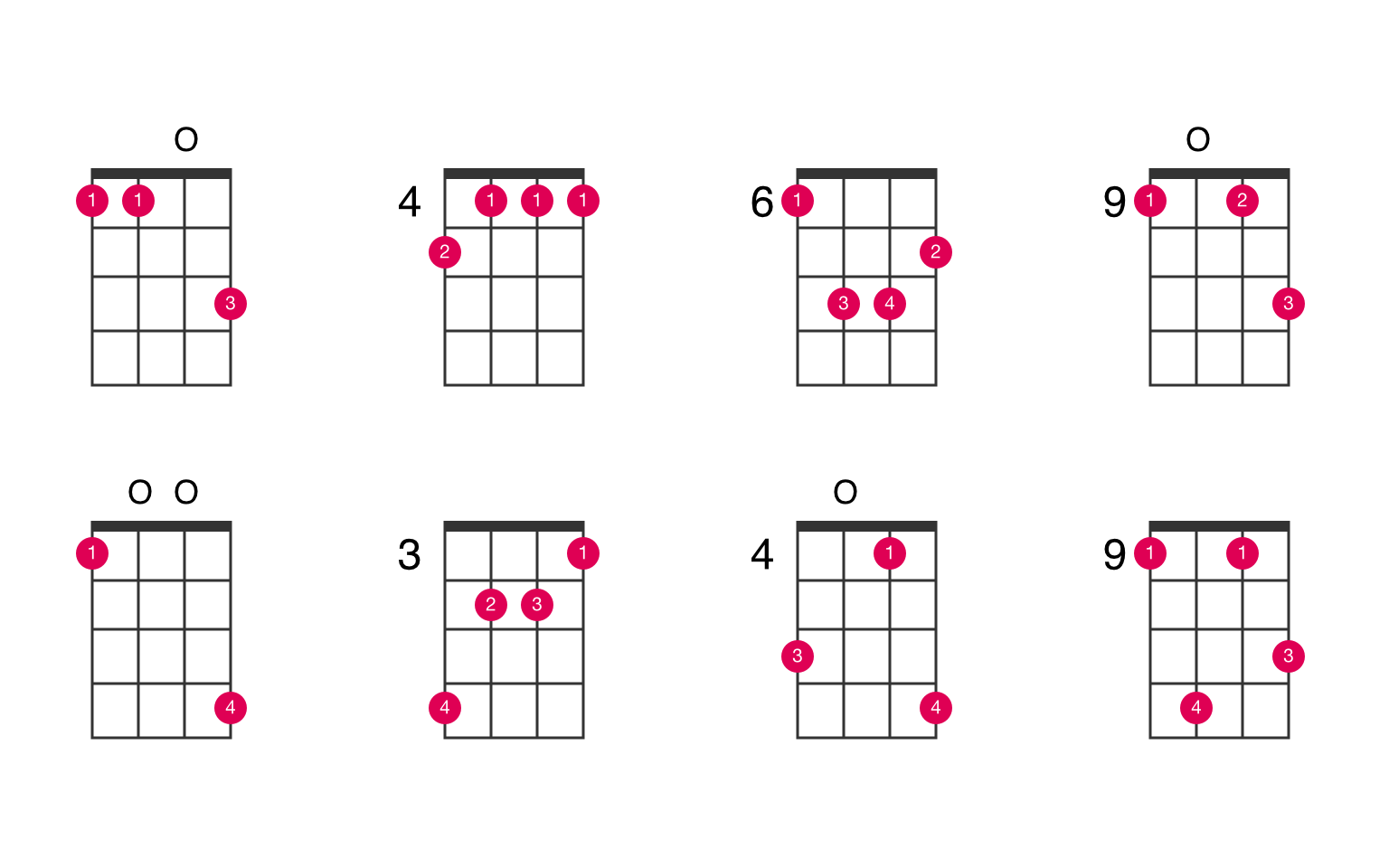
However, our results cannot exclude the possibility that those without any familiarity with major and minor music may also perceive major as happy and minor as sad. Thus, the higher your familiarity, the more likely you are to behave this way.

“The main finding of the study is that the degree of familiarity with major and minor music plays a large role in people attributing happiness to major and sadness to minor. They employed a Bayesian approach to the results of experiments conducted in a very remote region of Papua New Guinea, across several communities that shared similar traditional music but had minimal exposure to Western-style music and tonal sounds. Researchers at the University of Konstanz in Germany, Western Sydney University in Australia, and the Australian National University, filled this gap. Even so, the debate regarding whether harmony perception is inborn or trained with exposure to diatonic music is far from settled.Įven though studies on remote communities show emotional valence to harmonies cannot be as easily predicted as in Westerners, their methods did not involve Bayesian statistics, a particular approach to applying probability to statistical problems that is better suited to quantifying evidence for the absence of an effect - in this case, the lack of a predictable emotional interpretation to major or minor scale music. Previously, studies found that while people familiar with Western music had a predictable emotional valence to Western harmonies, those in remote communities without access to media, such as the Mebenze´le´ Pygmies in Congo, Tsimane’ in Bolivia, and Khow and Kalash in Pakistan did not seem to share the same response. There’s just one problem though: more and more evidence shows this link breaks down once you look at people who haven’t been exposed to Western music and its 12-tone tempered diatonic music. These findings suggest that there is something intrinsic about the quality of major and minor music that produces a consistent reaction in humans, thereby making it universal. The simplest major chord, known as a major triad, is made from the first, third, and fifth notes of a major scale played together, while a minor triad has the same configuration except the middle note is lowered by a semitone, meaning either one white or black key to the left on a piano.Įxperiments suggest that psychoacoustic features, such as harmonicity, roughness, spectral entropy, and average pitch height, play a major role in how we perceive and emotionally interpret music. However, people living in remote communities in Papua New Guinea who have minimal or no exposure to Western music do not share this emotional valence to major and minor chords, suggesting that our emotional reaction to pitch and harmony is more culturally mediated than previously thought and likely not universal. Some argue this emotional impact is universal across the world, perhaps owed to the physical characteristics of these harmonies that provoke a distinct pattern of activity in the brain’s emotional centers.

But for this to work, one of the two keys has to be used more heavily.Western adults and children reliably perceive major chords and melodies as ‘bright and happy’, whereas minor chords are typically heard as ‘dark and sad’. One of the most common tricks in songwriting is to create a contrasting section of the song using either the relative major or relative minor. The key of A minor, the tone G may sometimes appear as G♯. The key of A minor can have E maj, or E 7, whereas those chords would not appear as often in the key of C major. The dead giveaway is in the chords in minor scale harmonies. This may be less true for rock, pop, dance and electronic music but is still quite true for most other styles. But almost always used to describe 7-note scale structures, usually the major scale or the minor scale, but sometimes other modes as well. Colorful HarmonyĪnother important difference is that the minor key will tend to have extra non- diatonic Strictly speaking, any structure comprised of seventh notes. Music focusing on the minor mode sounds a bit more serious (sometimes even pretentiously so) and sad.

Music created from the major scale harmony sounds upbeat, strong, and somewhat happy. This means that, in C major, chords and melodies will tend to return to rest on the C note, whereas in A minor they will tend to resolve and rest on the A note. The defining difference between C major and A minor is that the tonal center of C major is C and the tonal center of A minor is A. There are at least three big differences between each of the major keys and its corresponding minor key.


 0 kommentar(er)
0 kommentar(er)
